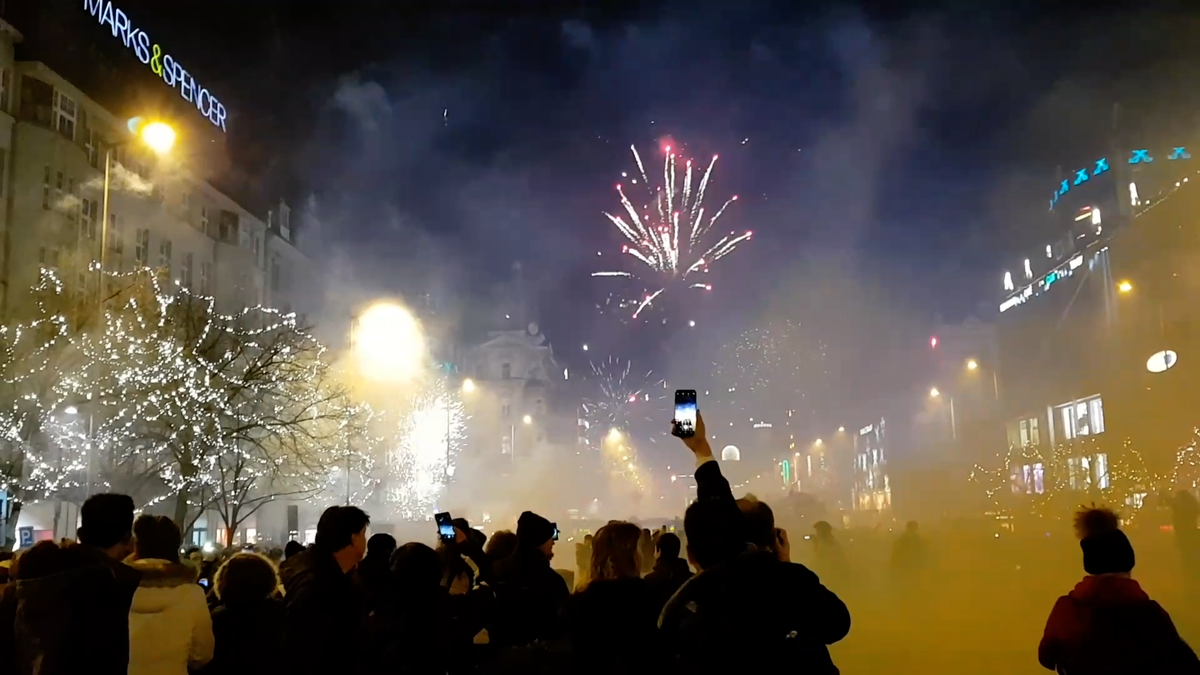The use of fireworks can have a very negative impact on the environment and the health of domestic and wild animals. The Czech Association of Nature Conservators and the Czech Ornithological Society, among others, have been pointing out this for a long time.
According to them, for example, birds startled by the sound of fireworks run from their shelter in panic, become disoriented and crash into obstacles such as buildings, bridges, catenary lines and others in the dark. In turn, fish can be poisoned by traces of fireworks in the pond water.
About the dangerous substances contained in fireworks a few days before New Year’s Eve they warned also scientist of the Institute of Chemical Processes of the Academy of Sciences of the Czech Republic. Based on fireworks consumption, they calculated that about 12.5 tons of magnesium, 0.8 tons of titanium, and 1.2 tons of rubidium are released into the air every year from fireworks.
About 10.5 tons of barium, which is used to produce the green color, were released, as well as a ton of strontium, which causes the red color, and about half a ton of copper for the blue effect. Red phosphorus, sulfur, zinc powder and other substances are also present in rockets.
According to chemist Petr Klusón, this toxic mixture then reaches the lungs, where it can scratch tissue. Some of these substances are then stored or circulated in the body. This is a big shock for the human organism.
“People immediately inhale this strange mixture of toxins and carcinogenic substances and don’t realize the danger,” Klusoň said.
These substances then move further into the environment, into water and soil, or perhaps enter the food chain. “It should be emphasized that without fireworks, many of the elements mentioned above would not be present at all in measurable quantities in the environment,” added hydrochemist Martin Pivokonský in a report by the Academy of Sciences of the Czech Republic.
Some Czech cities have restricted the use of fireworks or stopped holding their own to celebrate the start of the new year. For example, Prague completely banned fireworks in its center two years ago. Such a ban is already in force in Brno and Ostrava, but with the exception of two days on December 31 and January 1 each year.
Other cities in the region no longer hold their own fireworks, for example in Jihlava or České Budějovice. Even Pardubice could do without it on New Year’s, but they enjoy it every year during the city’s celebrations.
“We think once a year is enough, and people will enjoy it more during the beautiful autumn season,” explained Pardubice City Hall spokesman Radim Jelínek.
In Olomouc, on the other hand, after a two-year break, they are looking forward to the resumption of New Year celebrations with fireworks. “The city considered other options, such as video mapping or drone displays, but due to costs, we ultimately opted for traditional fireworks. This year, the city will spend around 75,000 crowns,” Olomouc city spokesperson Radka Štědrá told Seznam Zprávám.
Other regional cities organize New Year’s fireworks from the city budget, for example in Hradec Králové, Zlín or Ústí nad Labem. In small towns this is even more common. This year it will be seen, for example, in Kutná Hora, Valašské Meziříčí or Klatovy.

“Certified bacon geek. Evil social media fanatic. Music practitioner. Communicator.”







